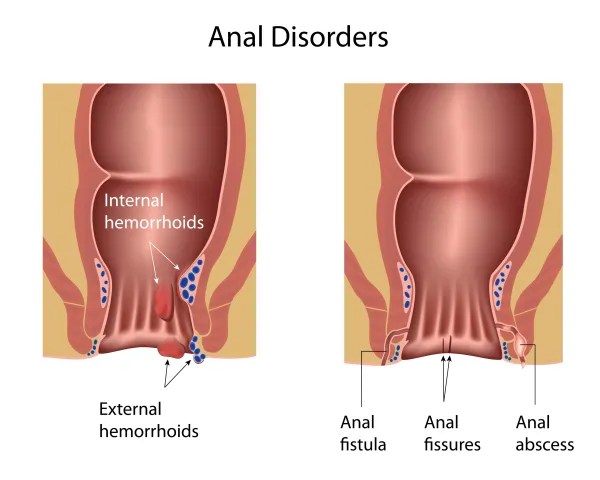99239: This Payer Finds Issues With Discharge Code

Tip: Be sure time is documented before you report discharge.
CPT® only includes two codes for your discharge management services, so selecting the right one should be simple—but unfortunately for a lot of practitioners, it isn’t so easy, according to a recent summary of the most common errors uncovered by Part B MAC WPS Medicare.
In its review of discharge codes, WPS found that many practices forfeited $34.00 because they reported 99239 (Hospital discharge day management; more than 30 minutes) but didn’t have documentation of the time to justify the code, and the claims were downcoded to 99238 (…30 minutes or less).
In black and white: “Billed is CPT® 99239 Hospital discharge day service more than 30 minutes,” WPS says in its newly-released summary of CERT findings for dates of service between Oct. and Dec. 2014. “Received discharge summary that includes examination notes, however is missing time for discharge services. Documentation supports code change from 99239 to 99238 discharge day service 30 minutes of less per Medicare guidelines.”
If you want to ensure that you don’t face this type of contractor downcode, consider the following tips about how to properly report hospital discharge management.
1. Start with Time
As the descriptors for 99238 and 99239 indicate, the choice between the two codes depends on the time your provider spends on the discharge services. Thus, look in the documentation for notes about the time spent.
Important: If there is no time notation in the discharge service documentation, you must code 99238 rather than 99239. Proper time documentation for all discharge services in the medical record will protect the physician, so getting in the habit of always noting the time for discharges will protect the physician in every situation.
What counts? E/M guidelines indicate that you should use the discharge management codes “to report the total duration of time spent by a physician for final hospital discharge of a patient.” Services may include examining the patient, discussing the stay, instructing caregivers on continuous care, and the related paperwork, such as the discharge records, prescriptions, and referral forms, the guidelines state. When you calculate the time involved on discharge day, remember that CPT® says the time doesn’t need to be continuous.
2. Check the Attending on Record
Several physicians (or non-physician practitioners) might be involved in a patient’s care, and all might try to bill for the discharge — but only the attending physician should bill for the discharge, according to CMS. So if your physician is not the attending physician, you shouldn’t be coding 99238 or 99239.
In black and white: The Medicare Claims Processing Manual notes, “Only the attending physician of record reports the discharge day management service. Physicians or qualified non-physician practitioners, other than the attending physician, who have been managing concurrent health care problems not primarily managed by the attending physician, and who are not acting on behalf of theattending physician, shall use Subsequent Hospital Care (CPT® code range 99231- 99233) for a final visit.”
3. Ensure Admission Before Coding Discharge
Sometimes the doctor’s service may not be eligible for a discharge code. This can happen in various circumstances.
Example: If the patient never left the emergency room and thus was never admitted as an inpatient, you shouldn’t report a discharge code. Instead, submit the appropriate ED service code (99281-99285,Emergency department visit for the evaluation and management of a patient …).
Another example could be a patient that is in the observation unit but is never formally admitted to the hospital. In this case, you should see the observation caredischarge code (99217).
You’ll only report 99238 and 99239 for inpatient status, but keep in mind that a patient’s status often changes during the stay, so you should verify it after discharge but prior to billing.
4. Watch for CCI Edits
Correct Coding Initiative (CCI) edits bundle E/M codes for new and established patient office visits (99201-99205 for new and 99211-99215 for established) as Column 2 codes into hospital discharge services codes (99238-99239). These edits are still in place under the current CCI bundles, version 21.0, which went active on Jan. 1, 2015.
Resource: To read the entire list of WPS Medicare’s CERT findings, visit www.wpsmedicare.com/j8macpartb/departments/cert/2014-4th-qtr-error-summary.shtml.




